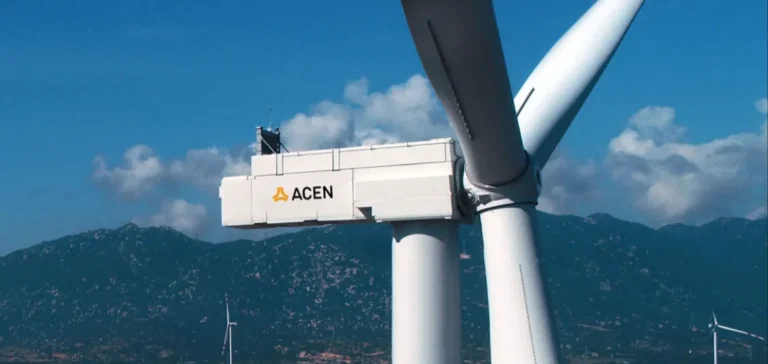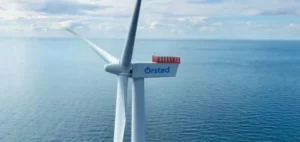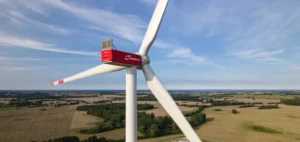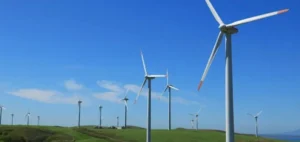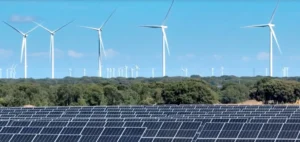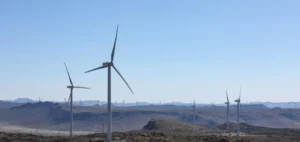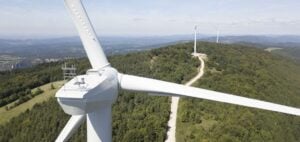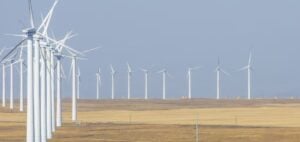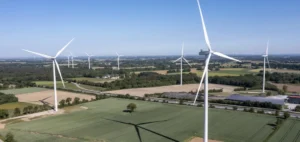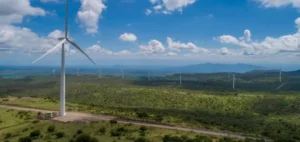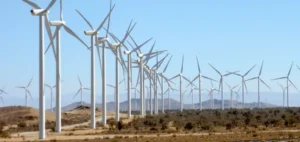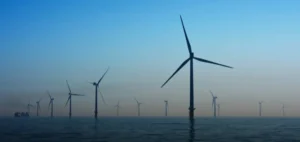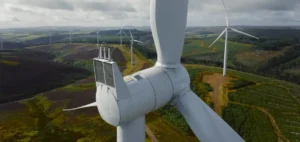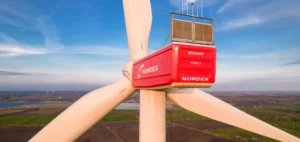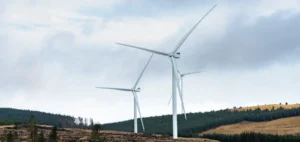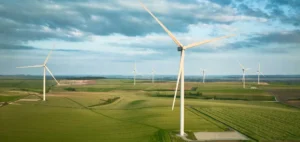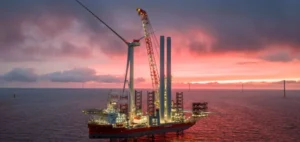ACEN Australia’s 900 megawatt (MW) Robbins Island wind project has received federal government approval, paving the way for one of the largest private investments in Tasmania’s history. The AUD3 billion ($1.96bn) project is expected to generate enough electricity to power up to 500,000 homes and contribute more than AUD30 million ($19.6mn) annually to the local economy.
The project will create 400 jobs during construction and includes a AUD27 million ($17.6mn) community benefits programme for the Circular Head region. ACEN Australia conducted over eight years of environmental assessments before receiving approval, including detailed studies on Robbins Island’s ecosystems.
A central project for Australia’s energy strategy
The approval comes as Australia faces increasing pressure in its energy transition, with coal gradually exiting the system and new generation capacity urgently needed. ACEN Australia’s Managing Director, David Pollington, stated that the project demonstrates the ability to balance large-scale energy development with responsible impact management.
The project will complement the region’s existing hydroelectric system, adding low-cost wind generation while allowing hydro facilities to focus on storage and demand response. Commissioning is scheduled for 2030, aligned with Tasmania’s commitment to double clean energy production by 2040.
Strategic connectivity with Victoria and portfolio expansion
This development also follows the final investment decision for the Marinus Link, an undersea transmission line connecting Tasmania and Victoria. This infrastructure will enable the Robbins Island project to help offset the anticipated halving of Victoria’s coal generation by 2035.
ACEN Australia is also expanding its national portfolio with several solar and storage projects in New South Wales, including two solar farms exceeding 1,040 MWdc combined and a 400 MWh battery project expected before the end of 2026. The company has recently secured transmission access rights for additional projects totalling over 2,880 MW in cumulative development capacity.
Accelerating development and diversifying technology
Among the advanced projects are Birriwa Solar (780 MWdc) and Valley of the Winds (900 MW), as well as the Phoenix Pumped Hydro Storage Project (800 MW), which was selected this year in a government tender for a long-term energy service agreement. These initiatives aim to ensure financial viability for long-duration storage projects within Australia’s evolving energy market.
Jose Maria Zabaleta, Executive Chairman of ACEN Australia, highlighted the importance of the approval as a strategic growth driver for the company in Tasmania and Victoria. He stated that the project shows how large-scale renewables can be developed with rigour to deliver long-term value to the market.


